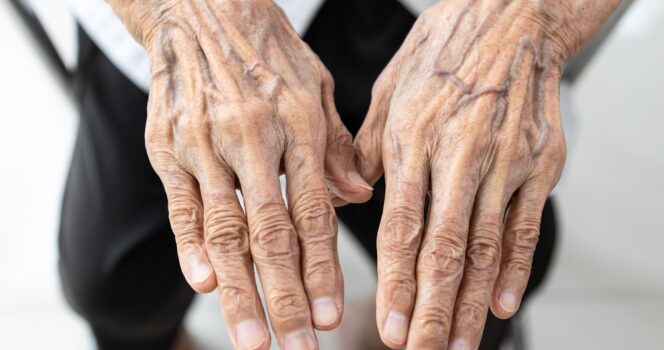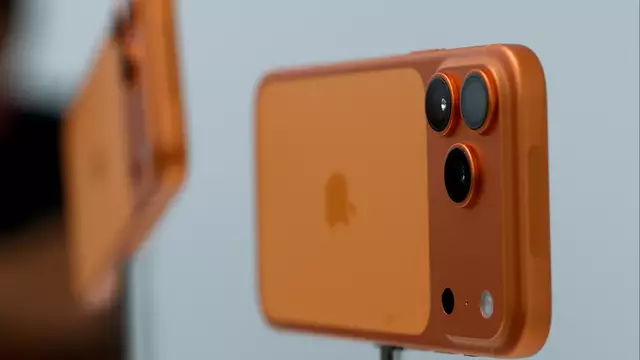Have you ever noticed bright blue veins popping out on the backs of your hands or someone else’s and wondered if it’s normal? You’re not alone, and the answer might surprise you. Those bulging veins aren’t just a cosmetic issue—they could sometimes be a sign of a more serious health concern, like an increased risk of blood clots.
The veins you see are a network of superficial veins located just under the skin. In some cases, changes to your body or skin can make these veins stand out more, sometimes quite noticeably. People with pale or thin skin tend to have more visible veins because less fat and lighter skin reveal them more clearly. Older adults also often see this because their skin thins as they age.

If you’re very thin or an athlete, your veins might be even more visible. When muscles swell during exercise or heavy lifting, they push veins closer to the surface—that’s why weightlifters’ veins pop out so much. Pregnant women may also notice this due to their circulatory system working harder.
However, sometimes those bulging blue veins could be varicose veins, which means the veins have become stretched, twisted, and weaker. On your hands, they may appear as thick, rope-like, zigzag veins larger than normal. While often painless, these veins can sometimes be uncomfortable and may indicate a higher health risk.
Watch out for signs like pain, redness, swelling, or warmth around bulging veins. These symptoms can point to blood clots or other vascular issues needing urgent medical care. Conditions such as deep vein thrombosis (DVT) or pulmonary embolism can be dangerous and require attention.

To keep your veins healthy, stay active to improve circulation, maintain a healthy weight, avoid sitting or standing too long without breaks, don’t smoke, and wear loose clothing instead of tight garments that restrict blood flow. If varicose veins cause trouble, options range from compression stockings to medical treatments like sclerotherapy or surgery. But most importantly, if you notice sudden changes or pain, consult a doctor.
Remember, visible blue veins are common and usually harmless, especially if you’re pale, thin, or physically active. According to the Cleveland Clinic, varicose veins affect about one in three adults. But if your veins bulge, hurt, or seem inflamed, it’s time to seek medical care—they might be signaling something important about your heart and circulation.


